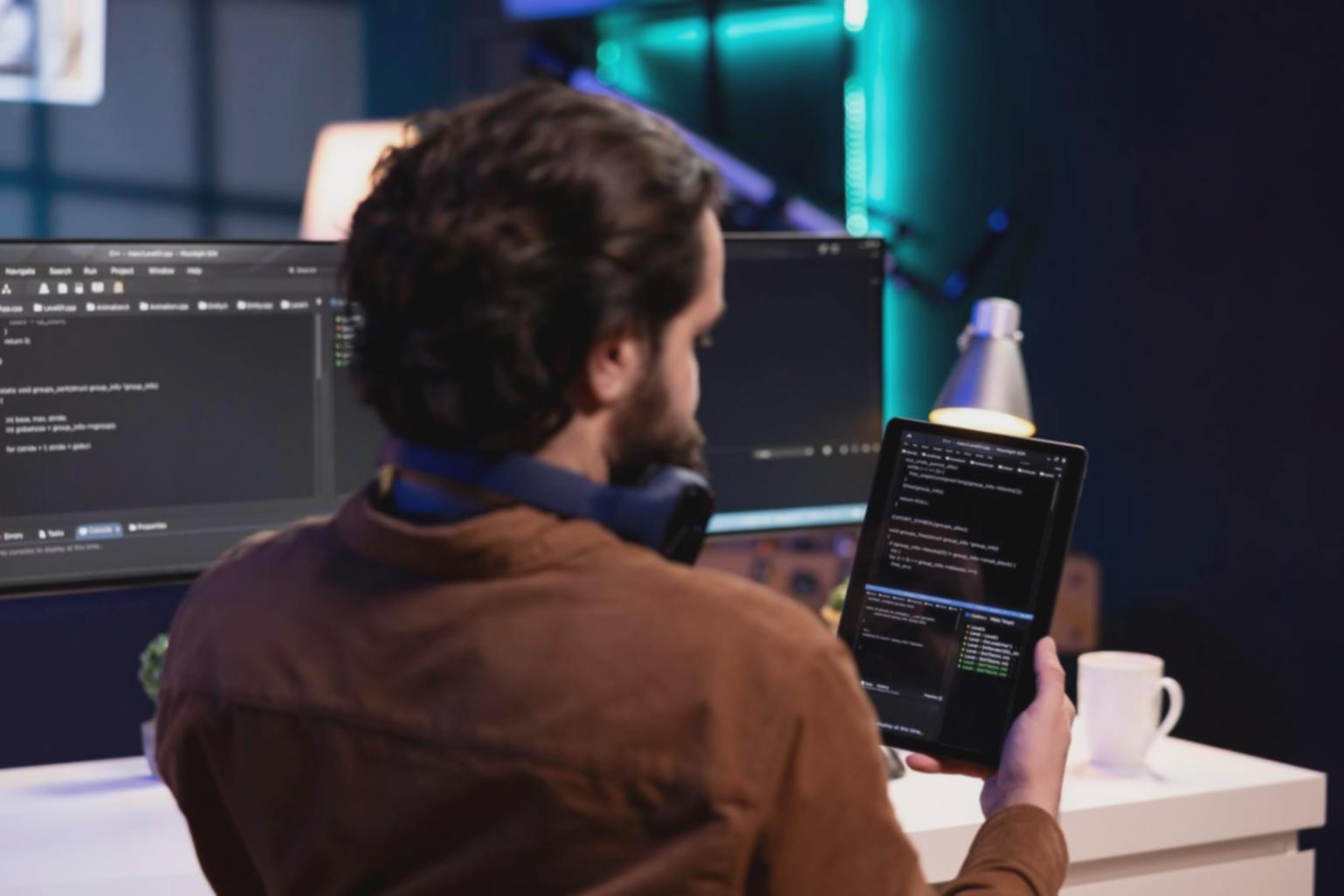Build Mobile Apps That Actually Think
We're teaching developers in Taiwan how to integrate AI into mobile applications without the usual hype or confusion. Real projects, actual AI implementation, and instructors who've shipped products people use daily.
View Programs Starting September 2025
Learn From People Who Build This Stuff
Our instructors aren't just teaching theory. They're actively developing AI-powered mobile apps for Taiwan's market and international clients.

Darius Kowalczyk
Mobile AI Architecture Lead
Spent the last eight years building recommendation engines for e-commerce apps. Started teaching because too many developers were struggling with the gap between AI research papers and actual mobile implementation. Focuses on practical performance optimization and battery management.

Hendrik Svensson
AI Integration Specialist
Worked on voice recognition systems for mobile banking apps across Asia. Teaches the messy reality of deploying ML models on devices with limited resources. Known for breaking down complex neural network concepts into something developers can actually use Monday morning.

How We Actually Teach This
-
Start With Working Code
Every session begins with a functioning AI feature. You'll see it work, then we break it down. No theoretical lectures before you understand what you're building and why it matters.
-
Build Your Own Project
Throughout
From week one, you're developing a mobile app with AI features. Instructors guide you through architecture decisions, model selection, and optimization challenges specific to your project.
-
Taiwan Market Context
We focus on challenges relevant to developers working in Taiwan and broader Asian markets. Language processing considerations, local infrastructure constraints, and regional user behavior patterns.
-
Small Groups, Direct Access
Maximum 12 students per cohort. Instructors review your code personally and provide specific feedback. You're not watching videos or posting questions in forums hoping for answers.
What's Changing in Mobile AI Development
The field moves quickly, but some trends matter more than others. Here's what we're watching and incorporating into our curriculum for 2025 programs.
On-Device Processing Dominance
Privacy regulations and latency requirements are pushing more AI computation directly onto mobile devices. We're teaching model compression and optimization techniques that actually work in production.
Multimodal Input Integration
Apps combining camera, voice, and text input with AI processing are becoming standard. The challenge isn't the technology but managing complexity and maintaining performance across different devices.
Edge Computing Architecture
Hybrid approaches splitting processing between device, edge servers, and cloud are replacing simple cloud-only architectures. This requires different thinking about app architecture and data flow.
Projects Our Students Have Built
These are actual applications developed during our programs. Not polished portfolio pieces, but real learning projects that demonstrate what students can create.

Plant Recognition App
Student project combining camera input with custom-trained model for identifying plants in Taiwan. Handles offline operation and syncs data when connection is available.

Voice Shopping Assistant
E-commerce app using voice commands processed with on-device NLP. Built by student working in retail sector who wanted to reduce friction in mobile purchasing.

Document Processing Tool
Scans receipts and invoices, extracts data using computer vision, and organizes information. Developed for small business owners who needed better expense tracking.
Next Cohort Starts September 2025
We're accepting applications for our autumn program running September through November 2025. Twelve weeks, twice-weekly evening sessions designed for working developers. Program details and prerequisites are available on our learning page.